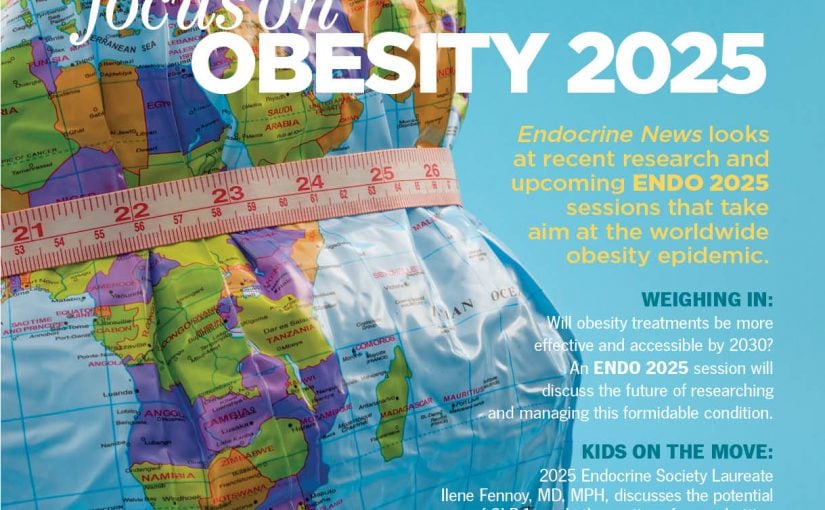ENDO 2013: Breaking Records & Spreading the Word
ENDO 2013 was a landmark meeting for the Society, achieving record attendance. I thoroughly enjoyed taking in the many sessions and symposia, meeting old friends and making new ones. There’s really no other event like it, and we’re not the only ones who think so. Reporters from around the world know that news will be made at ENDO, and they make it a priority to write about the wonderful science being presented. The Society’s media relations program is one of our primary conduits to reach the public and promote the value of endocrinology to medicine and science. I’d like to share with you a few highlights regarding media coverage from this year’s annual meeting.
Breaking ENDO Records
ENDO 2013: Th e 95th Annual Meeting & Expo garnered the largest amount of media coverage in the event’s history. To date,ENDO 2013 has generated more than 2,400 articles and reports highlighting the Society and its members’ research.
Media outlets covering ENDO 2013 included Th e Boston Globe, Science, Self, WebMD, Huffi ngton Post, Time, Men’s Health, Prevention, Fox News, and U.S. News & World Report.
News Conferences
More than 70 reporters (both on site and online) participated in five news conferences spotlighting some of the most compelling and newsworthy findings presented at the meeting on topics such as diabetes, obesity, endocrine-disrupting chemicals, and adolescent health. The meeting’s global reach was evident as reporters from China, Argentina, France, and the United Kingdom were among those in attendance.
The news conferences, which were moderated by members of the Society’s Advocacy and Public Outreach Core Committee (APOCC), can be viewed in their entirety online at www.endowebcasting.com.
Hot Topics
The Annual Meeting Steering Committee and APOCC worked with Society staff to identify newsworthy presentations at ENDO that were suitable for media promotion. These presentations were highlighted for media in the form of news releases, news conferences, and the Research Summaries Book, a resource for reporters that showcases the most newsworthy research presented at ENDO.
Some of the most covered studies from this year’s meeting include Dr. Peter Y. Liu’s (Los Angeles Biomedical Research) research into the eff ect sleeping in on weekends has on insulin resistance; Dr. Elizabeth Thomas’ (University of Colorado Denver) research on the impact skipping breakfast has on insulin resistance in obese women; and Dr. Gail Prins’ (University of Illinois at Chicago) study showing exposure to low doses of BPA is linked to increased risk of prostate cancer in human stem cells.
Educating the Public
While atENDO, I was interviewed by Fox News about research from my lab at Northwestern University showing how the drug imatinib can help prevent chemotherapy-induced damage to ovarian eggs. While visiting the ENDO newsroom, I saw other presenters taking part in similar media interviews, and I was reminded how ENDO is a unique opportunity to help educate reporters and the public about the importance of the work being done in the field of endocrinology.
Today, news is more accessible than ever, and scientists and clinicians have to be aware of the need to inform the public in an authoritative manner. Our issues are complicated, and we’ve seen many stories in print and online that miss the mark. It is important to communicate endocrinology in a way that is understood by the public — it is in their best interest! Let’s all commit to engaging with the media and ensuring that reporters are accurately informed in order to craft stories that enhance public understanding of the work we do and why it matters.
In this regard, ENDO 2013 was a success, and I’m looking forward to next year’s larger stage when ENDO 2014 will be held jointly with the 16th International Congress of Endocrinology in my backyard here in Chicago. I hope to see you there.
If you have any questions or comments, feel free to contact me at [email protected].
Teresa K. Woodruff, PhD
President, The Endocrine Society

